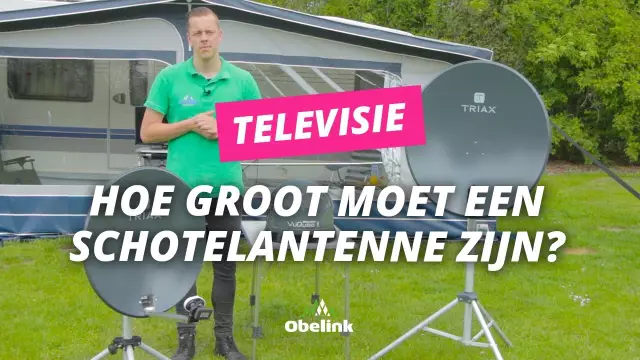In order for the radio receiver to confidently catch distant stations, a high-quality outdoor antenna is needed. It's easy to do it yourself, with a couple of hours of free time and using the simplest tools and materials.
Necessary
- - copper wire in varnish insulation with a diameter of 0.3-0.5 mm;
- - drill;
- - soldering iron.
Instructions
Step 1
Choose a location where the outdoor antenna will be located. If you live in a private house, the best option would be to install it on the roof ridge. To do this, on both sides of the ridge, fix strong slats about half a meter high and fix porcelain insulators on them. The antenna will be stretched between the insulators; a drop wire will go from it to the room to the radio receiver.
Step 2
Alternatively, one end of the antenna can be fixed to a tree, always using an insulator, the other - on the roof or on the window frame. If you live in a multi-storey building and you do not have the opportunity to place the antenna on the roof or extend it to a tree, you should fix it in the house along the contour of the window frame. But the efficiency of such an antenna is lower than that of an outdoor one.
Step 3
To make an antenna, you will need a wire in varnish insulation with a diameter of 0.3-0.5 mm. From it, using a drill, you need to twist an antenna cord, for this, first stretch the wire 20-30 times to the desired length (for example, 10 meters), clinging to hammered nails or wire hooks. Then remove the wires from one of the hooks, clamp into a drill and twist a tight stranded rope.
Step 4
In the place where the drop wire will go away from the antenna, untwist the rope a little, strip all cores to a length of 2-3 cm. Screw the stripped drop wire to them and carefully solder. Attach the finished antenna to insulators and bring the drop wire out into the room. Solder a suitable plug on the end.
Step 5
Instead of an antenna cord, you can use a broom made of a bundle of pieces of thick, 1-2 mm in diameter, copper wire with a length of about half a meter. The bundle of wires is inserted into a suitable metal cup - for example, aluminum from a capacitor, and filled with solder. The antenna is fixed at the highest possible place; a drop wire goes from it to the room.
Step 6
If an external antenna is available, a lightning switch must be installed. During a thunderstorm, the antenna is disconnected from the radio and shorted to the ground wire with a switch.






